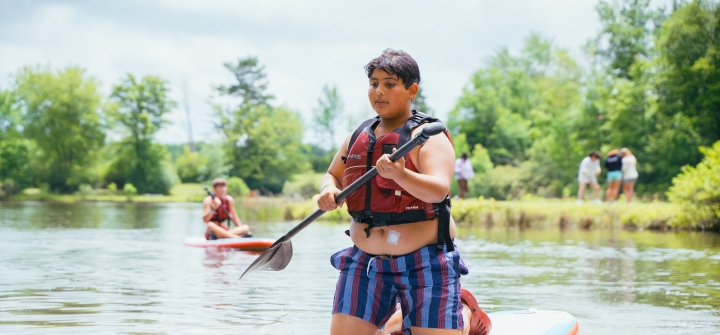Raising Spirits, Lowering Blood Sugars: The Power of Diabetes Summer Camp
NEWBURY, Ohio —“Can I change my insulin pump this time?” asked a 7-year-old boy newly diagnosed with type 1 diabetes (T1D). It was a sunny day in June at Camp Ho Mita Koda, a summer camp designed for kids with T1D. Just a few days into the weeklong session, he was already feeling more confident and ready to learn new skills to manage his condition, while learning to kayak and navigate a ropes course, swim with nurses, learn archery and more—all alongside other kids with T1D.
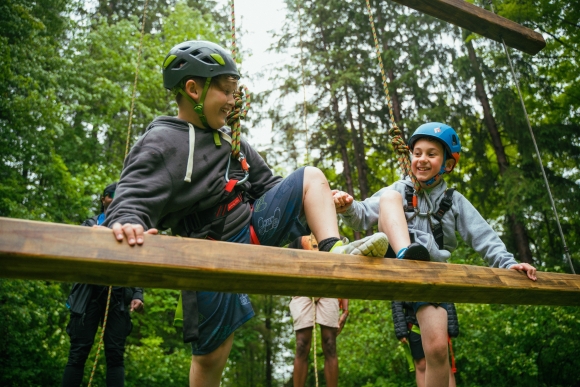
Campers at CHMK have received a diagnosis that occurs in only 0.25% of youth in the U.S. With that diagnosis comes the mandatory task of testing their blood sugar multiple times a day, receiving daily insulin shots if needed, accounting for every snack and meal, and attending a never-ending stream of doctors appointments and hospital visits. The experience can be overwhelming and isolating for kids and their families.
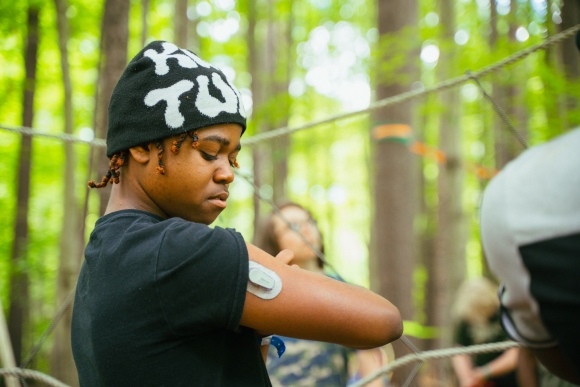
“It broke my heart to hear my 4-year-old daughter ask why this happened to her or what she did to get this,” one parent of a newly-diagnosed child at CHMK recalls. Camps like CHMK aim to make them feel less alone. More than 500 diabetes camps are active worldwide, serving more than 30,000 children annually. Over 116 of those are located in the U.S.
Founded in 1929, Camp Ho Mita Koda (believed to mean “welcome, my friend” in the Sioux language) is the first and oldest operating camp for children with T1D in the world. Ian Roberts, the camp’s executive director, describes it as “a summer camp that helps kids walk away with new community and friendships.” Along with camp counselors, lifeguards, and activity leaders, the camp is staffed with a trained medical team and overseen by a physician. While diabetes care is often focused on medication and blood glucose levels, Roberts affirms that the power of mental health services, social support, and developing psychosocial skills is immeasurable for campers. CHMK emphasizes friendship, socio-emotional development, and creating new experiences for almost 350 campers every summer, in a medically safe environment. On a typical day, campers check their blood sugar as a group before meals or swimming activities, but the majority of the time is spent participating in cabin competitions, canoeing, archery, and more. The goals of camp are not solely related to diabetes, but on providing a space to be a kid; and even better, a kid that fits in.
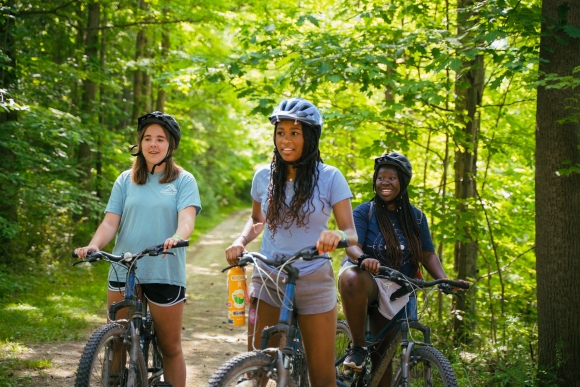
T1D is a chronic autoimmune disease in which the body mistakenly attacks the pancreas, leaving it unable to make insulin. With type 2 diabetes, the pancreas still makes insulin, but the body is not able to use the insulin efficiently. While people with type 2 diabetes may need no treatment and can often opt to control their blood sugars with diet, people with T1D almost always require insulin replacement. Remarkable advances in medical technology are making it easier for them to do so.
Before the discovery of insulin in 1922, the onset of diabetes could be a death sentence within just a few years. Since then, huge strides in the diagnosis, monitoring, and management of diabetes have drastically increased life expectancy for people with diabetes. Continuous glucose monitors allow users to check their blood sugars instantly through an app, without need for a finger stick; insulin pumps allow users to imitate the behavior of a pancreas with custom settings at the press of a few buttons. However, since technology is always subject to malfunctioning, it is still considered essential for campers to learn manual testing and injection skills.
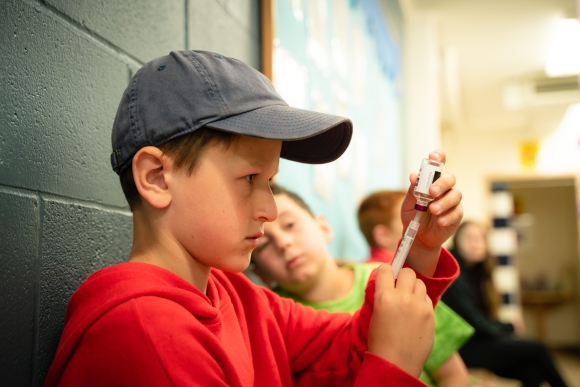
Despite the age of new technologies and improving ease of diabetes management tools, the disease can still have a profound impact on the mental health of children with diabetes and their families. Multiple studies have shown that children with T1D are more likely to suffer from depression, anxiety, and other psychosocial difficulties; research has also shown worse diabetes-related outcomes for those who are experiencing mental health challenges, showing a need for psychosocial-targeted interventions.
Today’s child who has been diagnosed with T1D will be tomorrow’s adult with T1D—and for this incurable disease, learning how to manage it is essential. With the long list of possible complications (uncontrolled diabetes neuropathy, heart disease, diabetic ketoacidosis, and more), research on diabetes camps shows that the experience helps campers improve glycemic control and better understand their diagnosis, while also improving their psychosocial outcomes.
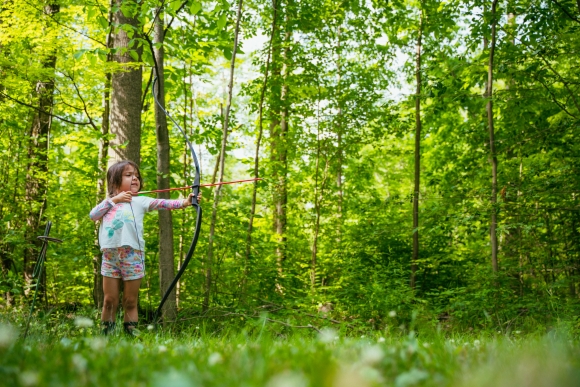
Nonetheless, along with a 30% overall increase in T1D diagnosis from 2017–2020 in the U.S., a CDC report shows a disproportionate increase in diagnoses in Black and Hispanic populations. Given the underlying systemic inequalities of race and health outcomes in the U.S., Black and Hispanic youth are more likely to suffer poor diabetes outcomes and complications—and yet are less likely to attend a diabetes camp after diagnosis. While there is little research on specific reasons for the disparity, some studies have attributed low camp attendance rates for minorities to issues such as geographic access and financial concerns.
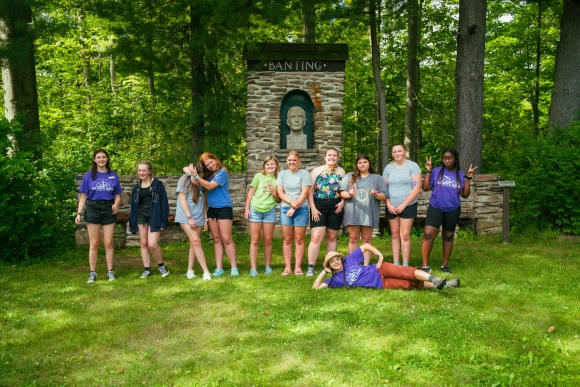
For their part, CHMK is aiming to increase camp inclusivity and access. The camp has been able to work with doctors to “prescribe” a free week of camp when children are first diagnosed. Additionally, a campership program, fundraising, community outreach for vulnerable populations, and grants help create equitable access to camp and build social support systems.
“No one has ever been turned away. No one ever will be turned away,” says Roberts.
Join the 50,000+ subscribers in 170+ countries who rely on Global Health NOW summaries and exclusive articles for the latest public health news. Sign up for our free weekday newsletter, and please share the link with friends and colleagues.
All images courtesy of Camp Ho Mita Koda

